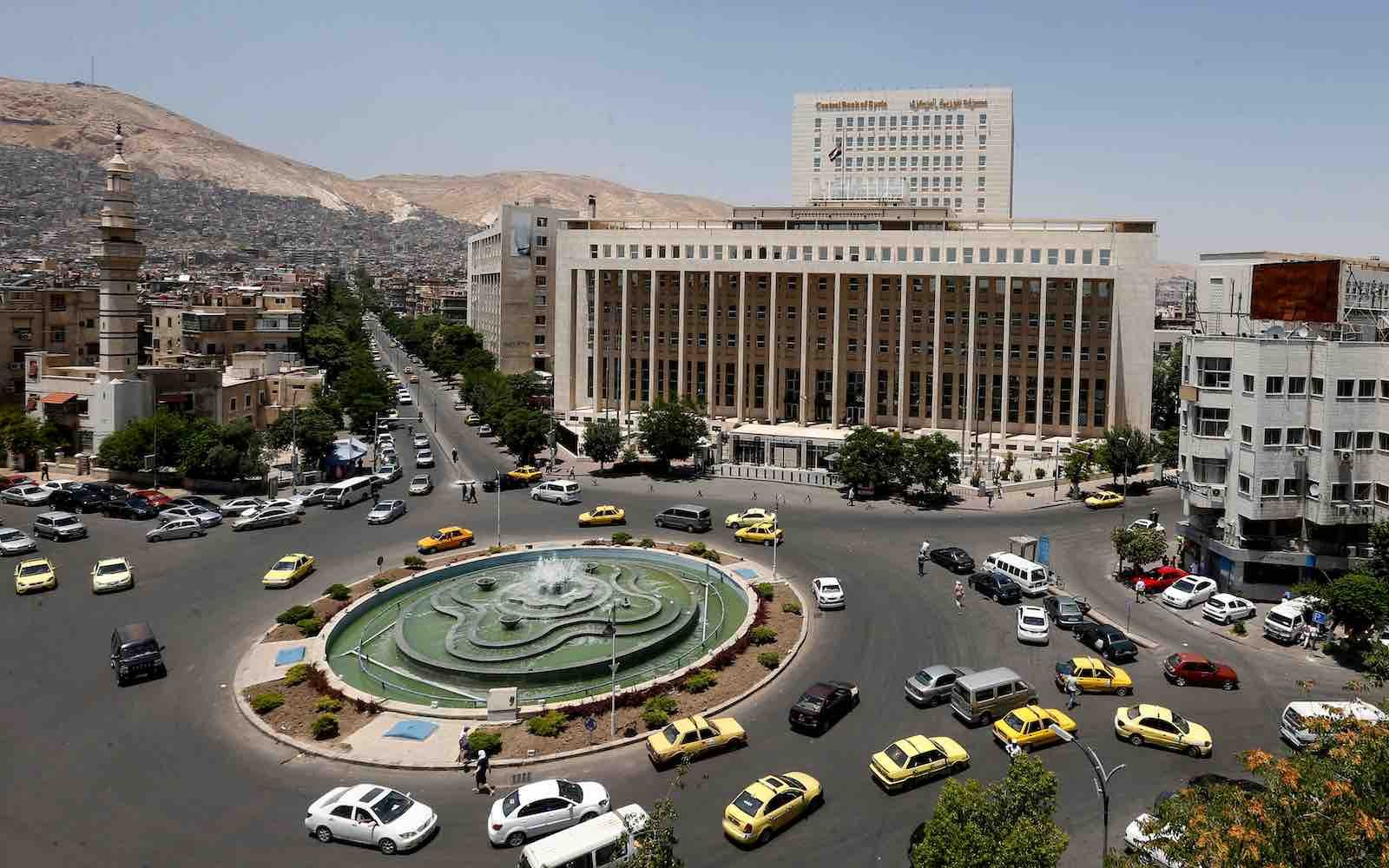
Economic perils deepen for damascus
September 2022
Key Takeaways
Depreciation of the Syrian pound, which reached a low of over 4,500 SYP to the dollar in August 2022, combined with a rise in global inflation, restricted supply of imported items and reduced government spending have disproportionately affected Syrian communities in government-controlled areas.
Years of conflict and sanctions have depleted foreign currency reserves, restricted imports, reduced domestic supply and, by extension, increased prices for food and other basic commodities.
Fuel imports have also been affected; much of the oil in Syria is located outside Damascus’ jurisdiction, and reliant on crossline imports from the northeast. Imports from allies have been curtailed by international sanctions – both means are unreliable and dependent on the government’s ability to pay.
Problems with supply have inflated the price of fuel – higher diesel prices are quickly passed onto many food items, mainly locally-produced vegetables.
As a way to cut spending and preserve foreign currency reserves, Damascus has cut back subsidies and increased rationing, while reducing its funding for imports of specific items.
The recent currency depreciation, and Damascus’ money-saving policies, have inflicted price increases on imported goods in Syrian government areas, particularly cooking oil, sugar, and chickpeas.
The Central Bank has tried to reduce its budget deficit through various means, including selling treasury bonds. Although bonds have been sold, and money is coming in, the amounts raised have been insufficient to significantly reduce the deficit.
With fuel price increases leading to cost of living increases, most noticeably for food, Syrian communities in government-held areas face continuing hardship – a situation which the government is struggling to keep stable, and seemingly unable to improve.
Current situation
The economic situation of government-held areas continues to worsen, indicated by further depreciation of the Syrian pound, subsidy removals and increasing prices of fuel, food and other basic commodities. The Syrian pound depreciated 14% in the last two months alone, dropping to a low of below 4,500 SYP on 20 August for the second time since March 2021. The recent depreciation highlights the continued erosion of the government’s economic and financial fundamentals following a decade of conflict, mounting economic pressures, and limited options to mitigate the decline.
The depreciation is compounded by import difficulties, with sanctions preventing foreign trade with Damascus, and low foreign currency reserves limiting procurement funding. Additionally, along with a reduction in import expenditure, the government has sought to reduce its budget deficit through a gradual subsidy removal policy that ranges from excluding large segments of the population from receiving essential items at a subsidized price.
For Syrians, the depreciating value of the pound, coupled with a reduction in subsidies, shortages of basic items and increasing prices, particularly for fuel and food, are unlikely to be resolved in the short term, putting pressure on households struggling to make ends meet.

